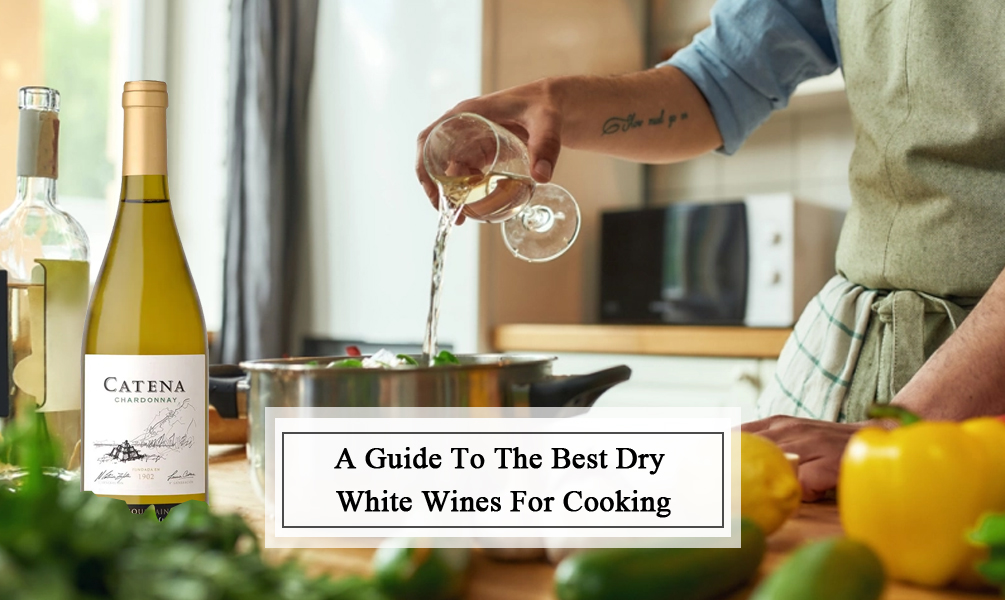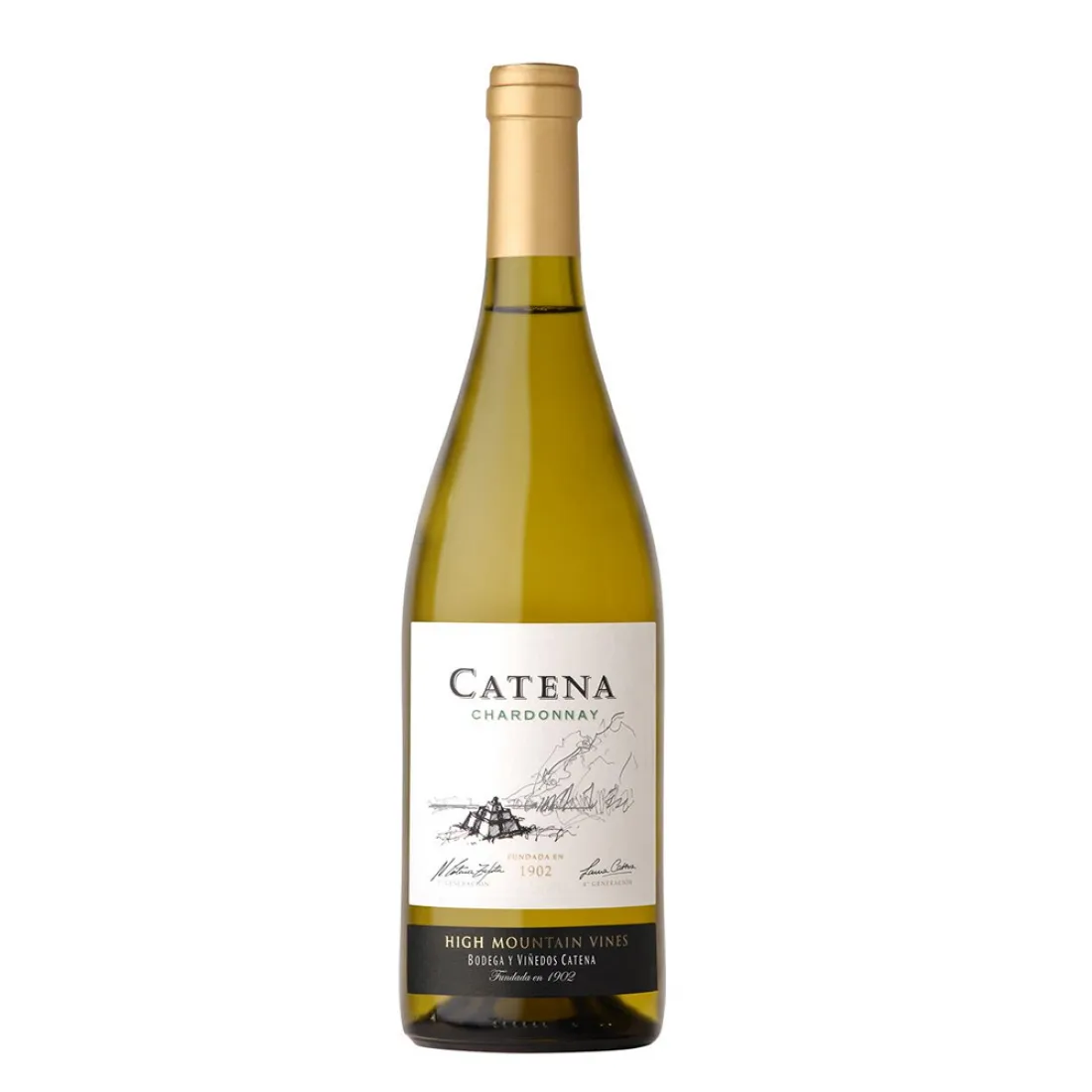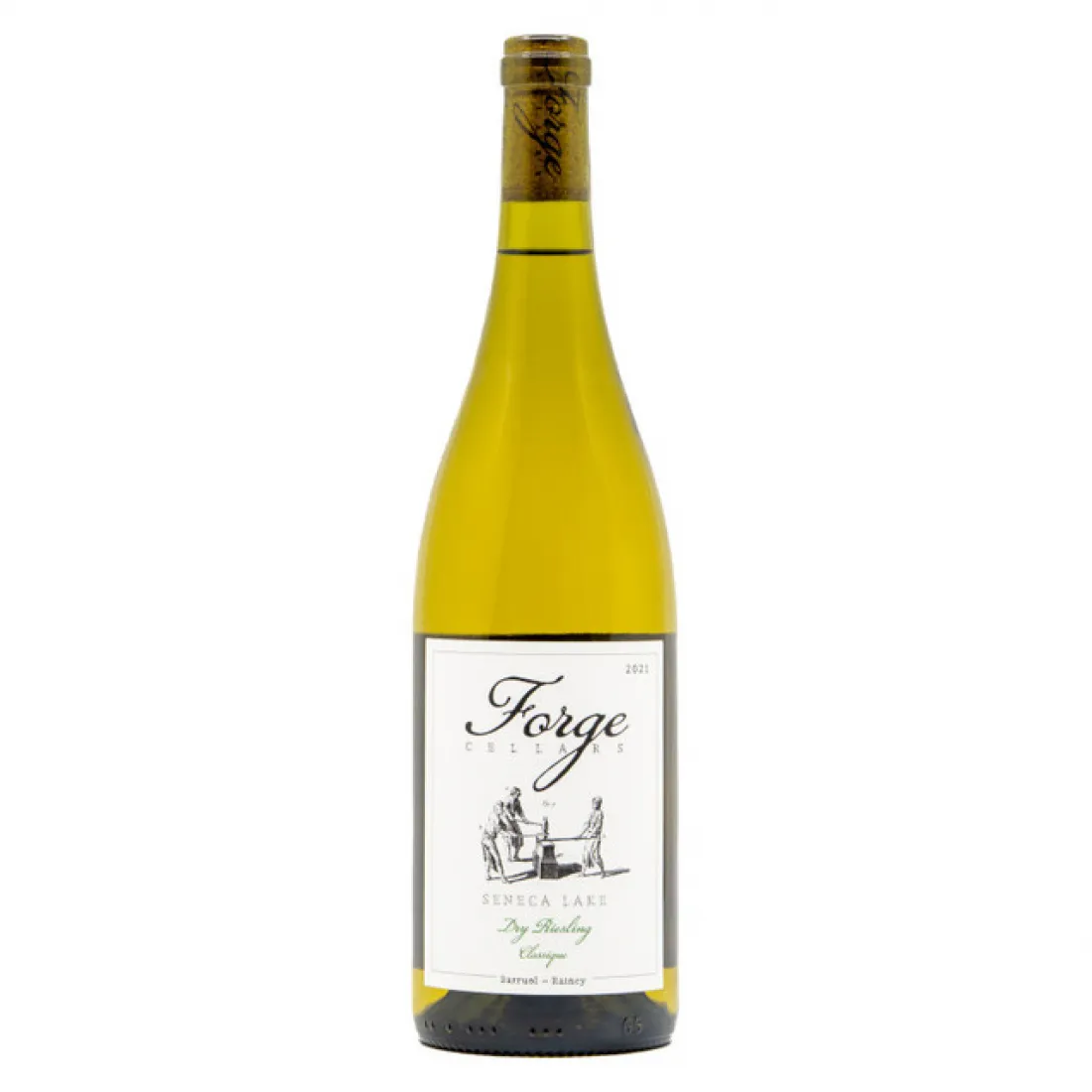
Whether you’re a die-hard foodie or not, the sight of table settings adorned with mouthwatering wine-infused meals is sure to captivate. Wines, spanning the spectrum from reds to whites and fortified varieties, not only make great companions to meals but also excellent ingredients, imparting layers of taste in dishes with their pronounced flavors and acidity through endless techniques like sauces, poaching, or marination. Plus, those heart-healthy antioxidants from wine sneakily sneak into your system with every scrumptious bite.
Among white wines, prized for their delicate, petal-soft character, the preferences of picky foodies and culinary experts often gravitate towards dry white wines for cooking. But what sets dry white wines apart from diverse varieties of whites? What magic do they bring to dishes, especially our favorite seafood dishes, creamy sauces, and risottos? Should they be featured in your culinary repertoire? And if so, how do you choose the best dry white wine for cooking?
To demystify these questions and provide comprehensive guidance, we’ve penned this blog post. It not only highlights the top dry white wines for cooking (from Chardonnay and Pinot Grigio to Albarino and all the styles in between) but also offers valuable insights—from selecting the best dry white wine bottle to suit your cooking needs to storage recommendations, most-liked dishes, tips here and there, and more.
So, fasten your seatbelt as this vinous journey promises to be worth it, elevating your culinary experience and gracing your upcoming meals with chef kisses—whether you’re taking charge of the dinner table or hosting guests at your restaurant or catering event.
First things First, What’s Up With Cooking Wines? Should You Pick One?
In a yes-or-no binary, we prefer to stay in the middle, given that “cooking wines” is a blanket term. While technically any bottle of wine can find its way into culinary endeavors but when we especially focus on bottles labeled as “Cooking Wines'', typically found alongside salad dressings and white vinegar on grocery store shelves, things become murky.
Practically speaking, cooking wines are mass-produced with similar alcohol content as wines, but they are drastically altered with loads of salt and preservatives to extend their shelf life, making them taste awful and hence, unsuitable for drinking as well as cooking.
Therefore, when it comes to using a good white wine for cooking or some other vino, it’s advisable to avoid cooking wines altogether and opt for a table wine—one you would enjoy drinking in the first place. These wines are of nicer quality, and upon cooking, they will blend the subtle nuances of their fine flavors with those of the ingredients, enhancing the overall taste of the dish more effectively.
Why Do Folks Choose White Wines For Cooking?
Even top chefs vouch for the fact that white wines are an excellent choice for cooking, thanks to their subtle flavors that enhance the taste and their natural acidity that tenderizes ingredients. However, it is crucial to select a wine that complements the dish, balancing its intensity, as using the wrong one could either overpower or be muted under the aromas and structure of the recipe.
That’s why white wines, due to their delicate nature, are often chosen for lighter dishes such as chicken, pork, soup, seafood, shellfish, and salads. Conversely, bold reds are preferred for heartier dishes like beef stews, while fortified wines work well with robust dishes such as rich sauces and braised meats.
Only when intending to add a heavy touch of acidity should white wines be used for rich foods, like tomato sauce and red meat recipes.
What Are Dry White Wines? Why Are They Preferred Whites For Cooking?
-
As their name implies, dry white wines are characterized by their “Dry” nature, a quality defined in oenophile circles as having little to no sweetness. In general, dry white wines showcase a spectrum of sweetness in 3 categories: Bone Dry (<1 g/L) , Dry (1–10 g/L) and Off-Dry/Semi-Dry (10–30 g/L). White wines that contain more than 30 grams of sugar per liter may be classified as semi-sweet white wines or sweet white wines, like Moscato, sweet rieslings, and white ports.
Winemakers purposefully achieve this quality during the fermentation process by allowing the yeast to convert the majority of the sugars in grape juice into alcohol, leaving little residual sugar and producing a dry taste on the palate. This inherent dryness makes dry white wines well-suited for cooking, as they enhance savory dishes without adding unwanted sweetness like sweet wines that caramelize quickly when used.
Here’s a table showing prominent dry white wines and their sweetness levels:
Sweetness Levels
Prominent Varietals
Bone Dry White Wines (<1 g/L) Muscadet, Albarino Dry White Wines (1-10 g/L) Chardonnay, Semilion, Sauvignon Blanc, Viognier, Torrontes, Pinot Blanc, Grüner Veltliner, Dry Vermouth Off-Dry/Semi-Dry White Wines (10-30 g/L) Riesling, Pinot Gris/Pinot Grigio, Marsala, Chenin Blanc, Gerwürztraminer - Additionally, dry white wines are typically distinguished by their “Crisp” nature, attributed to their high acidity, which imparts a refreshing and lively character, making them ideal summer drinks for seasoned wine drinkers. This crispness enables them to cut through the rich and fatty flavors in dishes, cleaning the palate and leaving a lingering, mouthwatering finish.
- Moreover, dry white wines exhibit Light Body and Delicate Flavors and Aromas, ranging from grassy, herbaceous, and floral to notes of citrus, apple, tropical fruit, stone fruit, and even spicy hits of white pepper or ginger. This feature allows the natural flavors of ingredients to shine through without being overpowered. Dry white wines also add depth and sophistication to sauces, marinades, and braises, elevating them to culinary masterpieces.
To sum up, dry white wines are known for their dry, crisp, and refreshing qualities. This makes them impressively Versatile for Cooking—literal all-rounders, breaking the steadfast rules of culinary experimentation.
In contrast, sweet white wines that are sugar-laden tend to be balanced in acidity and exhibit honeyed, floral, fruity, and syrupy flavors, making them suitable for cooking sweet and rich dishes like desserts, fruit compotes, glazed meats, and creamy pastries.
|
Features of Dry White Wines |
Suitability for Cooking |
| Dryness | Enhances savory dishes without adding sweetness |
| Crispness | Cleanses palate, complements rich flavors in cooking |
| Low Body | Lets natural flavors shine; versatile for many dishes |
| Delicate Flavors | Elevates essence of ingredients; adds sophistication |
| Versatility | Adds depth to sauces, suitable for various dishes |
Uncover The Best Dry White Wines For Cooking:
The realm of dry white wines offers an endless variety of both go-to varieties and lesser-known options, each capable of making a unique contribution to the fine art of cooking. Determining the best dry white wines for cooking can be quite challenging, as their suitability depends on how well they complement the flavor of the dish being prepared. Some white wines excel with certain dishes and recipes more than others.
To simplify the process of selecting a good white wine for cooking for you, we’ve curated a list of the best dry white wines for cooking, highlighting each option’s flavor profile and the dishes they are best suited for. Let’s dive in:
Bone Dry White Wines:
Muscadet- Made from the Melon de Bourgogne grape variety of the Loire Valley, Muscadet is known for its bone-dry profile, or, in wine terms, a very, very dry wine. It typically has a crisp acidity with mineral notes, often accompanied by citrus and green apple flavors. This light, refreshing character makes it the best white wine to cook with creamy sauces and seafood dishes, mainly moules marinieres, seafood risotto, and lemon-butter sole. It can also be used in various cooking techniques like poaching, steaming, and deglazing.
-
Albarino- This bone-dry white hails from the Iberian Peninsula, known as Albariño in Spanish and Alvarinho in Portuguese. It is distinguishable by its medium-high bright acidity and aromatic qualities, with notes of peach, apricot, and citrus, often with a hint of salinity. The vibrant acidity and fruity profile make it the best dry white wine for cooking seafood stews, grilled fish, and shellfish dishes, mainly paella, seafood pasta, and grilled shrimp with garlic butter. It can also be used for both poaching and grilling seafood.
Dry White Wines:
-
Sauvignon Blanc- Considered the international standard for dry white wine, Sauvignon Blanc stands out as the most versatile option. This bordeaux beauty, now cultivated across the globe, features big crispness, herbaceous character, and grass aromas, along with citrus and tropical fruit notes, making it easy to sizzle up a variety of marinades, sauces, and herb-themed dishes with a refreshing twist. We recommend using it for herb-roasted chicken, grilled veggies with herbed sauce, and asparagus risotto, while also uncorking its potential in deglazing, marinating, and making reductions.
-
Chardonnay- Chardonnay is a centuries-old French wine that stands out as one of the most popular and diverse white wines globally. Chardonnays are crafted in two manners, differing in aging styles: unoaked chardonnays are aged in stainless steel vessels, while oaked chardonnays are aged in oak barrels.
Unoaked Chardonnays showcase the true grape character with fruity, citrusy, and apple-heavy notes, making them ideal for cooking light seafood dishes like grilled shrimp and scallops, as well as techniques such as steaming or poaching. On the other hand, oaked chardonnays tend to be heavy-bodied and develop flavors from oak aging, such as vanilla and butterscotch. These characteristics make them well-suited for cooking creamy pasta dishes like fettuccine alfredo, as well as pan-searing or sautering.
-
Pinot Blanc- Originated from a mutation of Pinot Noir, Pinot Blanc is a widely produced dry white wine variety renowned for its crisp acidity, feather-like feel, and delicate fruit flavors such as apple, pear, and citrus. Its light-bodied character and subtle fruitiness make it the best dry white wine for cooking cream-based sauces and delicate dishes, such as poached salmon with dill sauce, creamy pasta with peas and pancetta, and chicken picatta. It works well for steaming, poaching, and sauce additions too.
-
Semillon- Another famed Bordeaux white is semillon, now cultivated globally, including in France, Australia, South Africa, and the United States. This dry varietal exhibits flavors of honey, lemon, and sometimes a waxy texture, especially when oaked. Its fuller body and richness make it a good white wine for cooking dishes requiring depth and complexity, such as braised meats or rich sauces, such as coq au vin, creamy garlic shrimp, and roasted pork loin with apple sauce. It excels at braising and roasting.
-
Viognier- Defining the current wine trends with its rising popularity, Viognier, with its roots in Southern France, is another dry white wine type that can uplevel your kitchen space. It is full-bodied, low in acidity, boasts fruit-forward flavors, and most importantly, exudes an aromatic profile with notes of apricot, peach, and floral undertones. Its aromatic nature makes it the best dry white wine for cooking dishes with spicy or exotic flavors, such as Thai curry, coconut-lime chicken, and seafood curry, as well as creamy sauces. You can also trust it to poach, braise, and do aromatic reductions.
-
Torrontes- Especially popular in northern Argentina, Torrontes white wine is noted for its floral aromas, smooth texture, and tropical fruit flavors like lychee, peach, and citrus. This floral and fruity character makes it the best white wine to cook with creamy sauces and dishes with light, delicate flavors, such as poached halibut with mango salsa, creamy chicken with tarragon sauce, and vegetable stir-fry. It is suitable for poaching, steaming, and making fragrant sauces.
-
Grüner Veltliner- Produced from the indigenous Gruner Veltliner grape of Austria, this dry white wine is admired for its peppery, crisp, spicy, and mineral notes, along with flavors of lime, lemon, grapefruit, peach, green pepper, green apple, and white pepper. Its vibrant acidity and peppery character make it suitable for dishes with bold flavors, particularly those with herbs and spices, such as grilled chicken with lemon-herb marinade and roasted veggies with chimichurri sauce. It works for even marinating, grilling, and making zesty sauces.
-
Dry Vermouth- Among dry fortified whites, dry vermouth stands out as a dynamic and enchanting option to transform your culinary creations into works of art. It comes flavored with various botanicals, including herbs, spices, and sometimes citrus peels, making it offer a slightly bitter flavor profile with herbal and floral notes. Though having a high ABV can be a con, it will turn out perfect to glaze pans, adding depth to sauces, and marinating sauces.
Off-Dry/Semi-Dry White Wines:
-
Riesling- Riesling is a white aromatic grape of German origin that offers a range of styles, from bone dry to lusciously sweet. It mostly stands out as a semi-sweet wine, offering high acidity and aromas of flowers, stone fruits, citrus, and sometimes petrol. It is versatile and pairs well with a variety of dishes, from spicy Asian cuisines to rich, aromatic sauces. We recommend nailing a good dry riesling and using it to cook spicy Thai curry, glazed ham, and apple-stuffed pork chops. Good to go for even poaching, braising, and making fruity sauces.
-
Pinot Gris/Pinot Grigio- Extremely popular, Pinot Gris, also called Pinot Grigio in Italy, is a light white wine defined by its high acidity and fruit flavors of apple, pear, and citrus, often with a hint of minerality. This light, refreshing nature makes it a perfect addition to dishes with delicate flavors and seafood, such as lemon-butter shrimp, seafood linguine, and chicken piccata. It is ideal to even poach, steam with, and make light sauces.
-
Chenin Blanc- Gifted with versatility, Chenin Blanc can be crafted into a dry, off-dry, sparkling, and even sweet dessert white wine. It shines particularly as an off-dry white wine, offering ample opportunities for experimentation. Chnein Blanc showcases aromas and flavors of pear, quince, ginger, chamomile, jasmine, mineral, passion fruit, or honeycomb. It can elevate seafood dishes such as grilled shrimp, seared scallops, and baked salmon while providing perfect assistance in deglazing, poaching, steaming, and marinating.
-
Marsala- A fortified gem from Sicily, Italy, Marsala is a bold and flavorful choice for culinary exploration thanks to its rich and nutty flavors, often accented by hints of caramel and dried fruit. Typically white, marsala may only show red smudges with age or depending on the grape composition. Impressively versatile across cuisines and styles, it shines particularly in sauces, marinades, and savory dishes, such as chicken marsala, veal marsala, mushroom marsala sauce, and marsala-glazed pork chops.
-
Gerwürztraminer- Originating in the foothills of the Alps and often ranging in the spectrum of off-dry to sweet, Gerwürztraminer are highly aromatic white wines with intense floral aromas, lychee, rose, petal, and spice notes. You can choose this vino to add complexity to sauces, especially those with Asian or spicy flavors, cook best-suited dishes like spicy Thai or Indian curry, ginger and soy-glazed salmon, coconut shrimp, or desserts like fruit tarts.
|
Dry White Wine For Cooking |
Unique Features |
Dishes To Cook With |
Suited Cooking Techniques |
| Muscadet (Bone-Dry) | Crisp Acidity, Mineral Notes | Moules Marinieres, Seafood Risotto, Lemon-Butter Sole | Poaching, Steaming, Deglazing |
| Albarino (Bone-Dry) | Medium-High Acidity, Aromatic Qualities | Paella, Seafood Pasta, Grilled Shrimp With Garlic Butter | Poaching, Grilling Seafood |
| Sauvignon Blanc (Dry) | Most Versatile For Cooking, High Crispness, Herbaceous Character, Grass Aromas | Herb-Roasted Chicken, Grilled Veggies with Herbed Sauce, Asparagus Risotto | Deglazing, Marinating, Making Reductions |
| Sauvignon Blanc (Dry) | Most Versatile For Cooking, High Crispness, Herbaceous Character, Grass Aromas | Herb-Roasted Chicken, Grilled Veggies with Herbed Sauce, Asparagus Risotto | Deglazing, Marinating, Making Reductions |
| Chardonnay (Dry) | Oaked - Fruity, Citrusy, Apple-Heavy Notes | Oaked - Seafood Dishes, such as Grilled Shrimp, Scallops | Oaked - Steaming, Poaching |
| Unoaked - Fuller, Okay Flavors | Unoaked - Creamy Pasta Dishes, such as Fettuccine Alfredo | Unoaked - Pan-Searing, Sautering | |
| Pinot Blanc (Dry) | Crisp, Light-Bodied, Delicate Fruit Flavors | Poached sSalmon with Dill Sauce, Creamy Pasta with Peas & Pancetta, Chicken Piccata | Steaming, Poaching, Sauce Addings |
| Semillon (Dry) | Big-Bodied, Flavors of Honey & Lemon, Waxy Texture (When Oaked) | Coq Au Vin, Creamy Garlic Shrimp, Roasted Pork Loin with Apple Sauce | Braising, Roasting |
| Viognier (Dry) | Full-Bodied, Less Crisp, Fruit-Forward Flavors, Highly Aromatic | Thai Curry, Coconut-Lime Chicken, Seafood curry, Creamy Sauces | Poaching, Braising, Aromatic Reductions |
| Torrontes (Dry) | Floral Aromas, Smooth Texture, Tropical Fruit Flavors | Creamy sauces, Poached Halibut with Mango Salsa, Creamy Chicken with Tarragon Sauce, Vegetable Stir-Fry | Poaching, Steaming, Making Fragrant Sauces |
| Gruner Veltliner (Dry) | Crisp; Peppery, Crisp, Spicy & Mineral Notes | Spicy Thai Noodles, Grilled Chicken with Lemon-Herb Marinade, Roasted Veggies | Marinating, Grilling, Making Zesty Sauces |
| Dry Vermouth (Dry) | Aromatic, Herbal Notes, Light & Crisp | Chicken Marsala, Shrimp Scampi, Mushroom Risotto | Deglazing, Marinating, Adding Complexity |
| Riesling (Off-Dry/Semi-Sweet) |
High Acidity, Floral Aromas | Spicy Thai Curry, Glazed Ham & Apple-Stuffed Pork Chops | Poaching, Braising, Making Fruity Sauces |
| Pinot Gris/Pinot Grigio (Off-Dry/Semi-Sweet) |
High Acidity, Fruit Flavors | Lemon-Butter Shrimp, Seafood Linguine, Chicken Piccatas | Poaching, Steaming, Making Light Sauces |
| Marsala (Off-Dry/Semi-Sweet) |
Rich, Nutty, Sweet Notes | Chicken Marsala, Veal Marsala, Mushroom Marsala Sauce, Marsala-Glazed Pork Chops | Braising, Deglazing, Sauce Making |
| Chenin Blanc (Off-Dry/Semi-Sweet) |
Honeyed, Floral Aromas | Grilled shrimp, Seared Scallops, Baked Salmon | Deglazing, Poaching, Steaming, Marination |
| Gerwürztraminer (Off-Dry/Semi-Sweet) |
Floral, Lychee, Spice Notes | Spicy Thai or Indian Curry, Ginger & Soy-Glazed Salmon, Coconut Shrimp, Fruit Tarts | Reduction, Deglazing, Braising, Poaching |
Tips To Choose The Best Dry White Wine For Cooking:
In cooking, experimentation knows no bounds, with only a few guiding principles to consider. Here are some key points to keep in mind when selecting the best white wine for cooking:
-
Consider the Purpose: First and foremost, consider why you are purchasing a dry wine for cooking. Even a nice-quality bottle can turn out to be a blunder if it’s not suitable for the cooking technique and recipe you have in mind. For example, making fruit tarts will be best done with a Gerwürztraminer, not a muscadet. Similarly, a dry vermouth will excel in enhancing sauces, not a chenin blanc. You get the point?
-
Don’t Splurge: While narrowing down your options to choose the most ideal one, make sure you don’t break the bank. A super-expensive, high-quality wine will surely lose its subtle and complex notes in the heat, just like a vintage Bordeaux or a prestigious champagne, which will even worse lose its carbonation. There’s no point in investing in such wines for cooking purposes.
You can find a perfectly good white wine for cooking in the range of $15–$20, and the quality should be just right for drinking alone. Even if you are left with leftover wine—since most recipes don’t require more than a cup—you pour down a few glasses to enjoy while cooking, eating, or anytime later within 48 hours, as per the shelf life of opened white wines.
-
Don’t Buy Cheap: While we say not to bother splurging on a bottle of dry wine for cooking, we would also suggest not getting too closefisted with spending. A really cheap bottle like a cooking wine that’s truly low-quality wine and unfit to drink or a white Two-Buck Chuck (no hate though) can make you question the quality of the wine and the final dish eventually.
So for sure, don’t go for pricey ones, but bottom-of-the-barrel cheap stuff is not wise either. Just a thoughtful budget and purchase, keeping our guide on dry white wines for cooking in mind.
-
Not High ABV: when you use a wine in a hot dish, its alcohol evaporates in a snap considering its highly low boiling point. All that’s left after evaporation is the wine’s concentrated fruitiness and acidity, further acting as a seasoning that blends well with food. So, choose a dry white wine with a low ABV (alcohol by volume), under 12.5% ABV, as a high ABV wine will take much longer to reduce and may end up giving a flat taste to the dish.
-
Don’t Choose Oaky Ones: In general, avoid choosing an oaked dry white wine (think of an oaked chardonnay), as they tend to be fuller, less crisp, and concentrate their oaky flavors upon cooking, overpowering the dish and rendering a bitter taste.
-
Don’t Choose Sweet Wines: Though certain dry white wines are often experimented with to give a sweet tint to a few dishes, avoid choosing heavily sugar-laden sweet wines like Moscato, sweet riesling, or white port. These wines have much higher levels of sugar and will add an unwanted sweetness to the dish by caramelizing it quickly upon cooking.
How To Store Your Chosen Dry Wine For Cooking?
After you’ve chosen your ideal bottle, there is a possibility of having ample time to actually put it to use, especially if it’s chosen in the realm of restaurants and professional kitchens where hefty wine stocks are maintained to cater to varying taste preferences. Here are some storage suggestions to ensure your selected dry white wine remains optimal for culinary use:
Storage Position: Store the bottle horizontally to keep the cork moist and prevent it from drying out, which can lead to oxidation.
Temperature: Maintain a consistent temperature between 45-65°F (7-18°C). Avoid extreme fluctuations in temperature, as they can affect the wine’s quality.
Light: Keep the wine away from direct sunlight or strong artificial light sources, as UV rays can degrade it and affect its flavor.
Humidity: Aim for a humidity level of around 70% to prevent the cork from drying out and allowing the air to sep in.
Other factors: Avoid storing the bottle near strong odors or vibrations, as they alter the wine’s aroma and taste negatively.
But what if you're cooking with an opened bottle of dry white wine from last evening?
In case your culinary adventures have accelerated because you want to use the leftover dry white wine from last evening, we would suggest you reseal it first. This acts as an opened wine’s first aid, protecting it from oxidation. Then store the bottle upright in a cool, dark place—your refrigerator. Make sure to use it within a week; otherwise, it will turn into vinegar, which is still cool because these white wine-turned vinegars are great for marinating meats, enhancing sauces, or pickling vegetables.
A Few Expert Tips While Cooking With a Dry White Wine:
Grab on to these expert tips that might unlock new adventures while using a dry white wine for cooking:
- Pre-Cook Wine: Before diving into your recipe, give the wine a quick cook to burn off the alcohol, ensuring no raw wine taste in your dish.
- Use Non-Reactive Cookware: Opt for non-reactive metal cookware like stainless steel when working with wine to prevent any unwanted metallic taste in the dish.
- Deglaze Like a Pro: After sautéing veggies, make sure to deglaze the pan with a splash of wine. It will gracefully capture all those flavorful brown bits, elevating the taste of the dish like magic.
- Cream Sauce and Risottos Technique: When cooking risottos and creamy sauces, cook the wine separately and reduce it to half its volume before adding cream. This ensures a more harmonious blend of flavors.
- Shellfish Enhancement: For an extra burst of flavor, add wine to the broth when steaming or poaching shellfish like mussels, clams, or oysters.
- Marinade Magic: It's a big secret, but adding a few tablespoons of wine to marinades will elegantly tenderize meat and add depth of flavor.
Final Thoughts:
Experience dining excellence beyond just sipping white wine. Elevate your dishes to new heights, crafting unforgettable memories with each bite. From zesty Sauvignon Blanc to refreshing Pinot Grigio, and from dry Riesling to sweet-dotted Gerwürztraminer, there’s a wide array of options to explore. So why hesitate? Embark on a culinary journey today with the perfect bottle to uncork amid chic apron ties, a neatly prepped kitchen, and a symphony of aromas from ingredients slightly teasing the senses.
To make your culinary adventures more efficient, consider exploring our selection of the best dry white wines for cooking, carefully curated from our store. Each pick is thoughtfully chosen for its reliable quality and price.











Leave a Comment